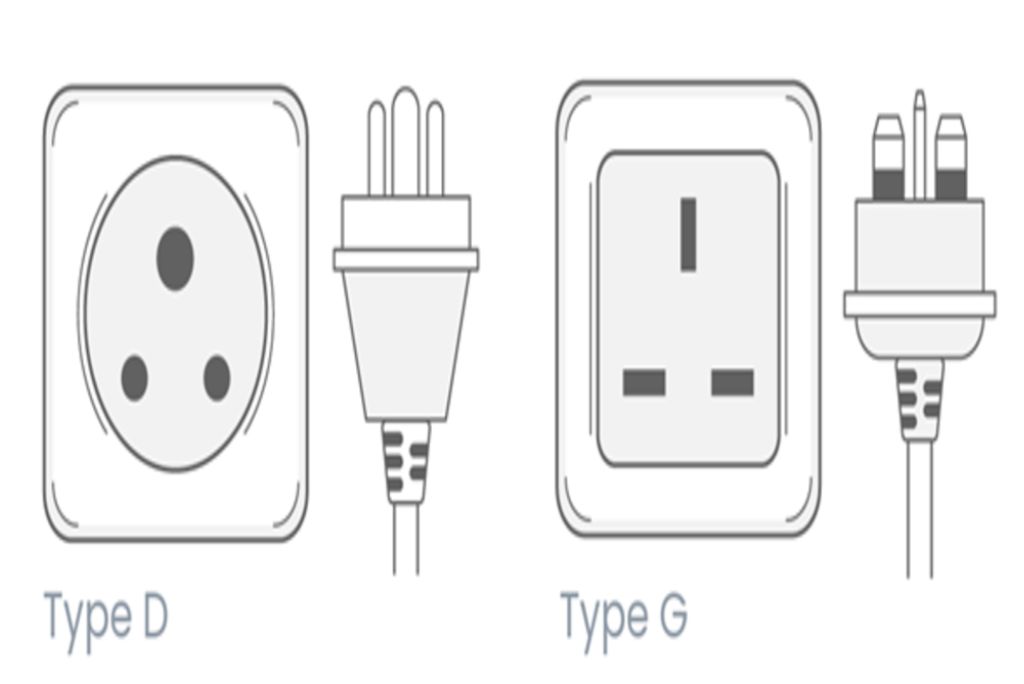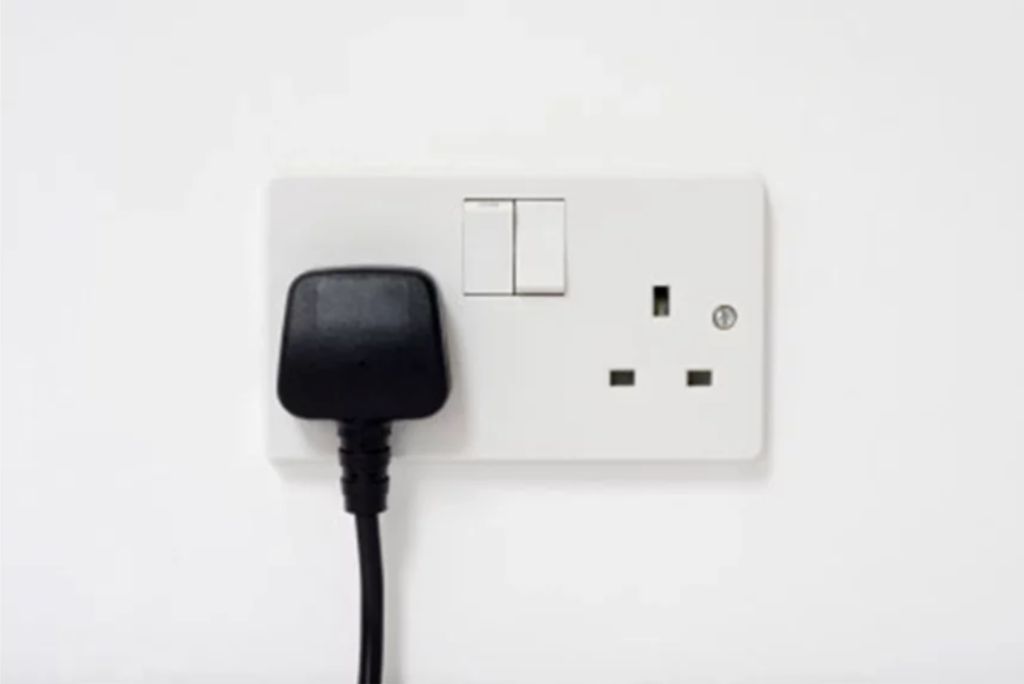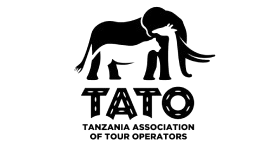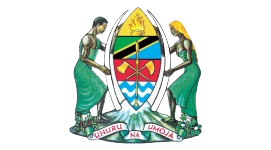What to Know About Tanzania’s Plastic Ban Before Your Safari Tour?
In Safari

July 8, 2025
Planning a Tanzania Safari is an exciting adventure that will lead to amazing wildlife encounters and unforgettable landscapes. But before you leave, it’s a good idea to do some sensible things, like making sure your important devices are charged and ready to go.
You can keep your devices safe while you enjoy the journey by learning about the Tanzania Power plugs and power outlets, the voltage that works with them, and how to charge them safely. If you know these simple things, your Safari Tours in Tanzania will go easily and without any problems from the beginning to the end.
If you have ever wondered why the plug types in Tanzania do not match those in your home country, the answer partly lies in Tanzania’s colonial past. During the years of British administration, Tanzania adopted the British standard of electrical outlets. That standard — known today as Type G — remains common throughout much of the country.
But the electrical story doesn’t end there. Over time, Tanzania has modernized, gradually incorporating universal outlets in many hotels, camps, and new buildings. This makes Safari in Tanzania far easier for modern travellers, but it also means you should know what to expect before you go.
Let’s look at the outlet types you might find during your Tanzania safari experience:
Type D
Type G
Universal Outlets
It is wise to confirm with your lodge or camp what kind of outlets are available before you pack.

Voltage is just as important to know as the shape of the plug. The electricity in Tanzania is 220 volts at 50 Hz. Many places in Europe and Asia use this voltage, which is very different from the 110–127 volts used in places like the US, Canada, and Japan.
That means that if you bring something that only works with 110 volts, plugging it into a Tanzanian socket could damage it. Imagine plugging in your American hair dryer and it sparks and burns, that’s not the best way to start your dream Safari Trip in Tanzania.
Luckily, a lot of current electronics are made to work with a wide range of voltages. A charger with the words “100–240 V” or “110~220 V” on it means the device can work with both 110 V and 240 V. Tanzania’s 220-volt power is safe for these electronics to use.
If your device only works with one voltage, a voltage converter and a plug adapter are both things you will need for your Tanzania Safari Trip. These converters change the current so that it works with your gadget and doesn’t damage it.
Here’s an easy table to help you remember:
| Device Type | What You Need in Tanzania |
| Dual-voltage (100–240V) | Plug adapter only (if needed) |
| Single-voltage (110V) | Plug adapter + voltage converter |
| Modern USB devices | Often compatible with universal outlets/USB ports |
As a helpful hint, some converters come with surge protection that can keep your gadgets safe from sudden power surges that can happen on Safari Tours in Tanzania.
As the number of tourists in Tanzania Destinations grows, many safari lodges have added outlets that can use plugs from all over the world. It’s great that these outlets can accept plugs from Europe, the US, Great Britain, or Asia. This is especially helpful if you move with more than one charger.
Some outlets with multiple outlets even have extra USB ports, so you don’t need a separate block to charge your phone. This function is great when you are in Tanzania’s National Parks and not close to a store that sells spare parts.
Before you start your Tanzania Tour, it’s important to make sure you have the right travel adapter with you. You should get a travel adapter that is made for Africa because it will work in other places, too.
When picking a travel adapter, these are the most important things to look for:
Spending money on a good charger will let you enjoy seeing wildlife without having to worry about how to charge your phone or camera.
Some safari goers worry about how to charge their phones at night in remote camps or tented hotels. Power may only be available during certain hours and comes from generators or solar panels in these places.
This is common on longer itineraries like a 6-day Tanzania Family Safari, which may include remote stays around Lake Manyara or even Tarangire National Park, where power is rationed.
Here are some useful tips:
To keep your gadgets working while you’re on Safari in Tanzania, follow these steps.
Disclaimer: While Tanzania’s national parks prioritise wildlife conservation, travellers are also accountable for the responsible use of electricity. Eco-lodges that depend on solar energy may experience an unnecessary strain on their limited resources due to the overloading of their power systems. When chargers are not in use, please disconnect them and charge devices only when necessary to promote Sustainable Safari Practices in Tanzania. To operate responsibly, lodges and camps rely on the fragile resources that these basic habits help maintain.

Your Safari in Tanzania will take you to one of the most beautiful wild places in the world, where modern comforts meet ancient landscapes.
Knowing how to use Tanzania’s electrical outlets, plug types, and voltage will help you have a stress-free safari and keep your electronics safe. When you go prepared and properly, you help make sure that these natural locations will still be open to explorers in the future.
Africa Exotic Holidays offers expertly guided safaris for travellers looking for amazing Safari Tours in Tanzania. We combine local knowledge with a strong commitment to sustainable tourism.
Our experience will make sure that you enjoy every minute of your time in Tanzania while making your trip comfortable, ethical, and well-planned from beginning to end.
Experience Africa like never before—your journey, your way. Every trip is thoughtfully tailored to match your personal desires, while we take pride in preserving the breathtaking landscapes and vibrant wildlife for generations to come.







Copyright © 2025 Africa Exotic Holidays, All Right Reserved. Designed By Safari Marketing Pro